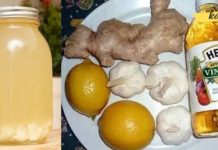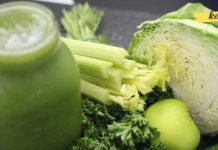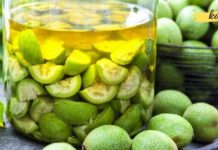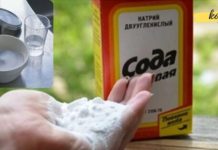How to Fight Nail Fungus? 6 Effective Remedies That Can Help You Forget This Condition
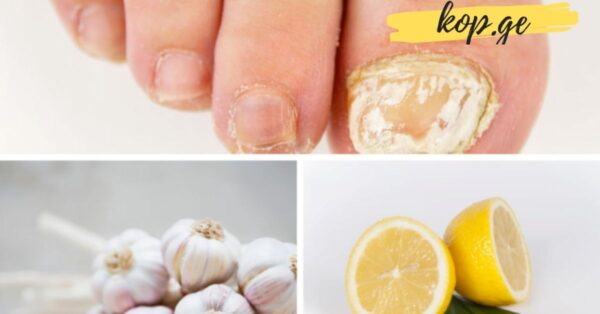
In recent years, fungal infections have become increasingly common, and doctors emphasize prevention because treatment is often long, challenging, and requires consistency. One of the most frequent fungal conditions is nail fungus, medically known as onychomycosis. This infection targets the nails, stripping them of their natural beauty and strength. It changes their color, makes them brittle, causes them to break easily, and leads to overall weakness.
According to statistics, onychomycosis affects about 3–4% of the world’s population, and men tend to be more frequently affected. Toenails are much more commonly involved than fingernails. The reasons vary: prolonged use of closed shoes, synthetic socks, excessive sweating, warm and moist environments, or small injuries that allow fungi to enter. At first, symptoms may seem minor—just a small discoloration or thickening of the nail—but if left untreated, the infection can progress and become much more difficult to manage.
Although medical treatment is often necessary, especially in advanced cases, many natural home remedies can be used as supportive care. The key is patience and regular use. Nail fungus rarely disappears overnight, but with time and persistence, natural remedies can significantly improve the condition. Below are six effective and accessible remedies that have been used for generations.
1. Apple Cider Vinegar
Apple cider vinegar is one of the most popular natural antifungal remedies. Its acidic environment makes it difficult for fungi to survive and multiply. Regular use can help stop the progression of the infection and improve nail health.
How to use it:
Mix equal parts of apple cider vinegar and water in a bowl. Soak your hands or feet (where the infected nails are) for 15–20 minutes. After soaking, dry the area thoroughly and apply a moisturizer to prevent dryness. Repeating this daily can gradually improve nail appearance and reduce fungal activity.
2. Garlic
Garlic is often called a natural antibiotic due to its strong antimicrobial and antifungal properties. It contains allicin, a compound that actively fights bacteria and fungi.
How to use it:
Fill a bowl with warm water, add about 10 crushed garlic cloves, and let it sit for a few minutes. Soak your hands or feet in the mixture for 15 minutes.
Alternatively, mix crushed garlic with olive oil to form a paste and apply it directly to the affected nail for 30 minutes.
Regular use can slow fungal growth and help the nail recover.
3. Natural Yogurt
Natural yogurt is rich in probiotics—“good bacteria” that balance the body’s microflora and can fight harmful organisms, including fungi. When applied topically, yogurt can help restore the natural balance around the nail.
How to use it:
Apply a thin layer of natural yogurt directly on the infected nail. Allow it to dry naturally, then rinse with warm water. Repeat this process daily.
In addition, consuming yogurt regularly boosts your immune system, which helps the body fight fungal infections from within. A healthy diet plays an essential role in recovery.
4. Tea Tree Oil
Tea tree oil is a powerful antiseptic and one of the most researched natural antifungal remedies. It is widely used in skincare and nail care for its effectiveness against infections.
How to use it:
Apply 100% pure tea tree oil directly to the affected nail two to three times a day. You can use a cotton swab for easier application. Studies suggest that consistent use over six months can improve nail health by up to 60%.
Important: Tea tree oil should never be ingested—it is only safe for external use.
5. Baking Soda
Baking soda is another inexpensive and easy-to-use remedy. It helps neutralize the environment in which fungi thrive, preventing them from spreading further.
How to use it:
Mix baking soda with lemon juice to create a paste and apply it to the affected nail. Leave it on for 15–20 minutes before rinsing with warm water.
Additionally, sprinkle baking soda inside your shoes to absorb moisture and reduce the risk of reinfection. This small habit can make a big difference in preventing fungal growth.
6. Lemon Juice
Lemon juice is known for its antibacterial and antifungal properties. It also contains citric acid, which helps weaken fungal structures and promotes healthier-looking nails.
How to use it:
Soak your fingers or toes in fresh lemon juice for a few minutes, or simply apply the juice directly to the infected nail. Repeat daily. Over time, lemon juice not only helps fight the fungus but can also lighten yellowed or discolored nails.
Final Thoughts
Nail fungus is not just a cosmetic concern—it can become a serious health problem if ignored. The infection often requires long-term care, whether with medical treatment or natural remedies. What’s most important is patience and consistency. Natural treatments such as apple cider vinegar, garlic, yogurt, tea tree oil, baking soda, and lemon juice may not provide instant results, but with daily application, they can significantly reduce symptoms and help restore nail strength and appearance.
However, if the infection worsens or spreads, it’s essential to consult a doctor or dermatologist. In some cases, prescription antifungal medications are necessary.
Remember: healthy nails start with good hygiene, proper footwear, and a strong immune system. By incorporating these natural remedies into your routine, you can support your body’s fight against nail fungus and improve overall nail health.





